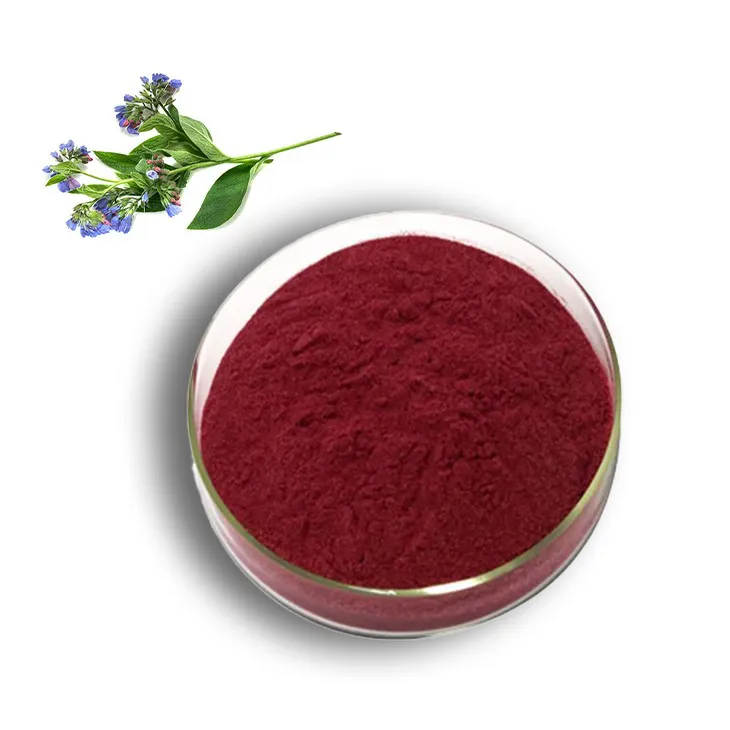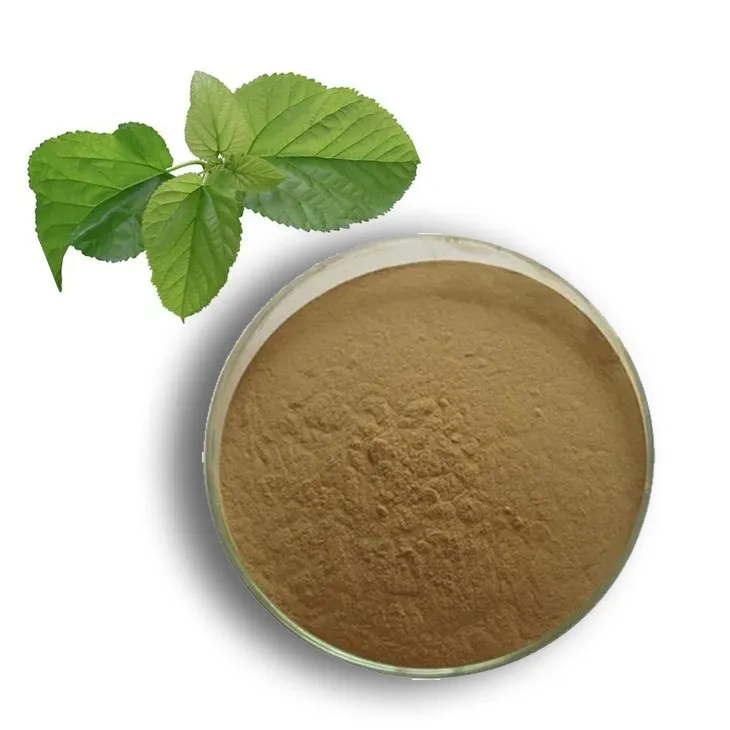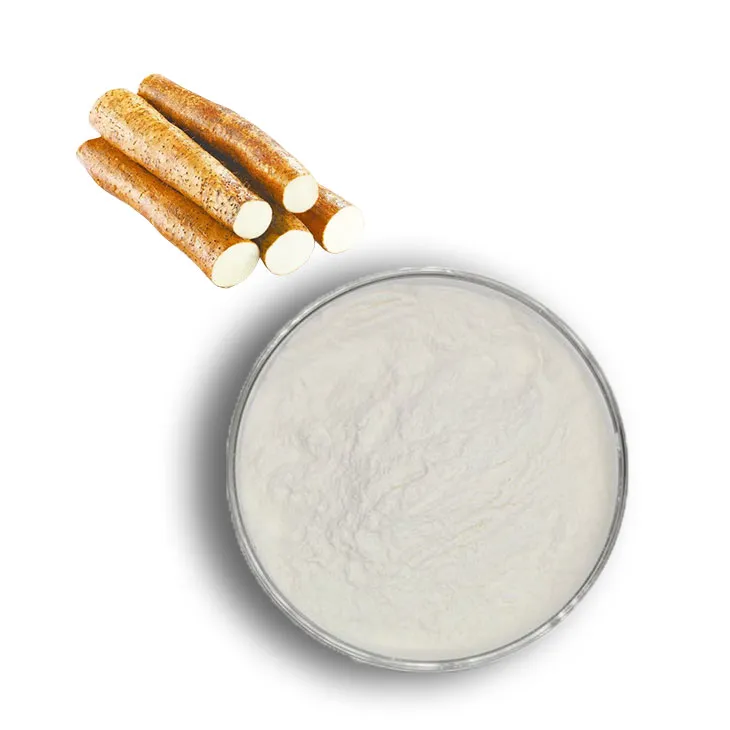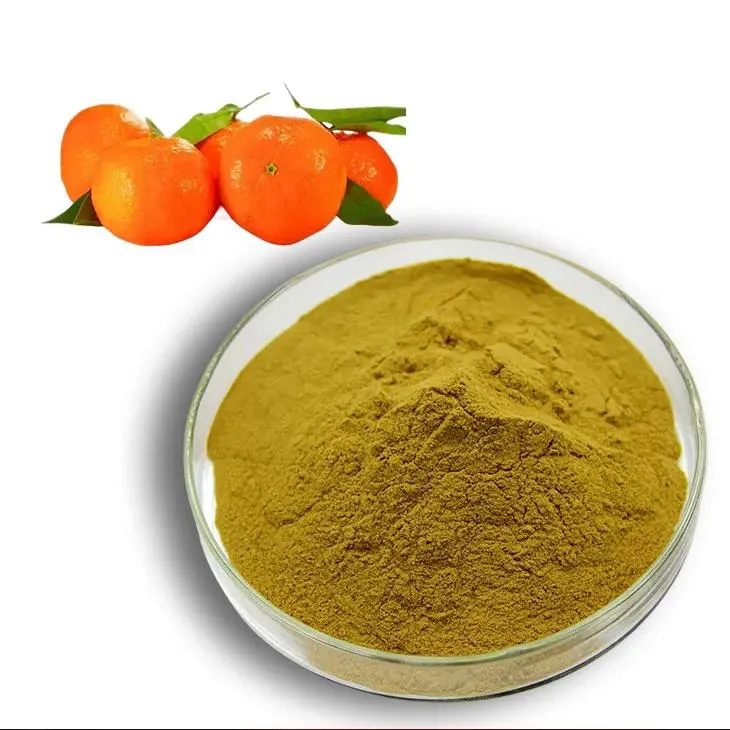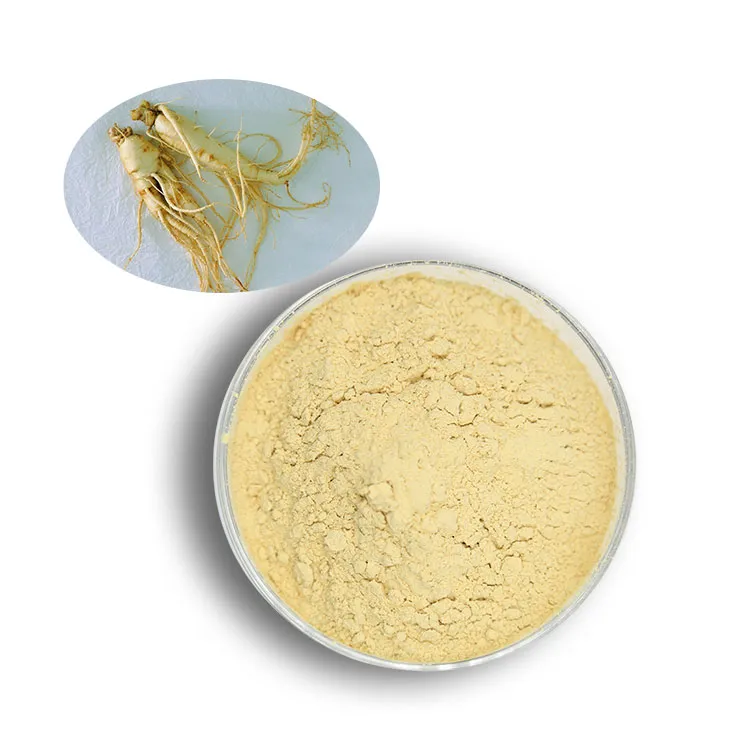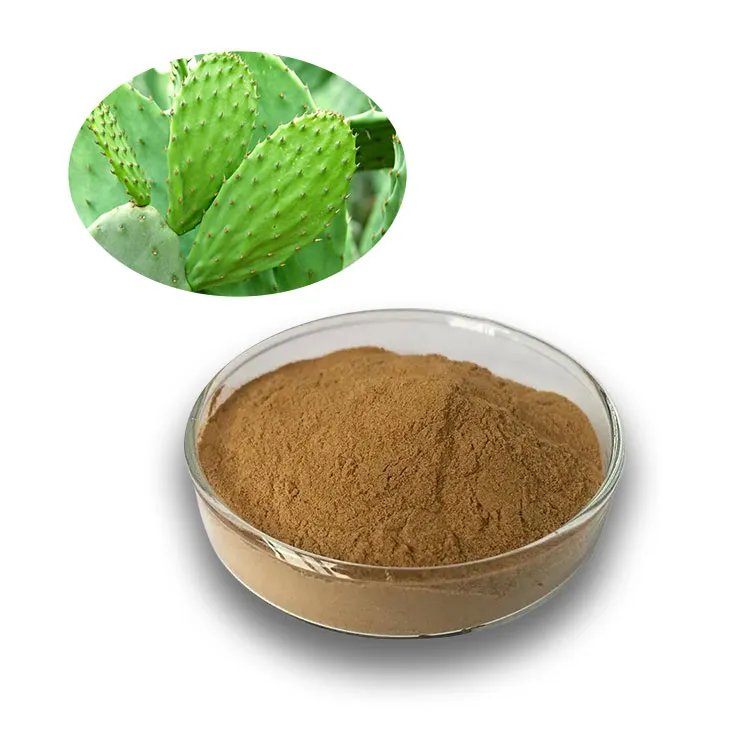- 0086-571-85302990
- sales@greenskybio.com
What Foods Are High in Lycopene?
2025-10-25
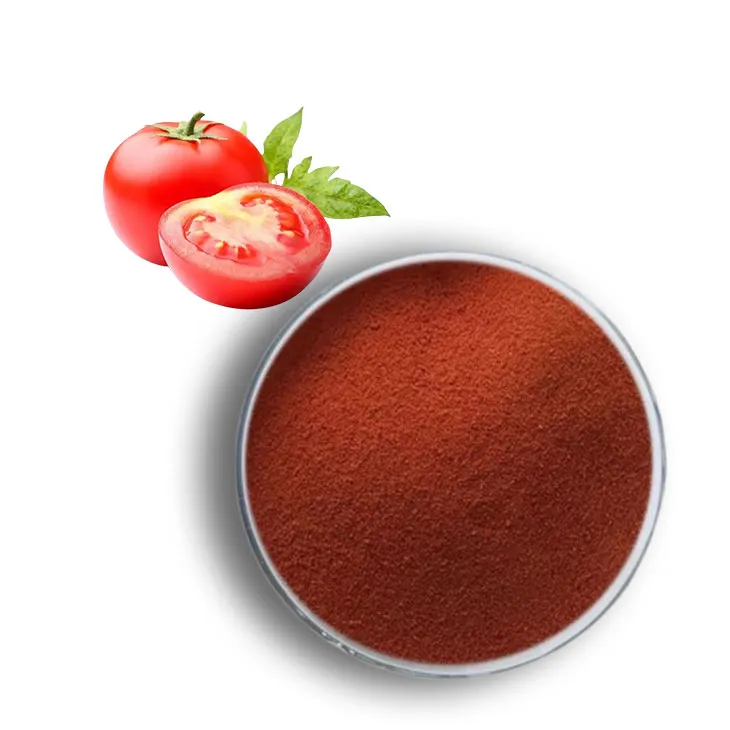
Lycopene is a powerful antioxidant and a natural pigment responsible for the red and pink hues found in certain fruits and vegetables. It belongs to the carotenoid family and has gained considerable scientific attention for its role in supporting cardiovascular health, prostate function, skin protection, and cellular defense against oxidative stress. Since the body cannot produce Lycopene on its own, obtaining it from dietary sources is essential.
This article explores the best food sources of Lycopene, how preparation methods affect its absorption, and practical ways to incorporate more lycopene-rich foods into your daily meals.
Why Is Lycopene Important for Health?
Before exploring the foods, it helps to understand why lycopene matters.
Lycopene offers several notable health benefits:
Supports prostate health — linked with reduced risk of prostate-related conditions
Promotes heart health — reduces LDL cholesterol oxidation and supports blood vessel function
Enhances skin protection — may help protect against UV damage and aging
Functions as a strong antioxidant — neutralizes free radicals that contribute to chronic disease
Absorption increases when consumed with healthy fats, as lycopene is a fat-soluble compound.

What Tomato-Based Foods Are Highest in Lycopene?
Tomatoes and tomato products are by far the richest and most studied sources of lycopene.
Top Tomato Sources
| Food | Average Lycopene (per 100g) |
|---|---|
| Tomato paste | Up to 30 mg |
| Sun-dried tomatoes | 45–50 mg |
| Tomato sauce | 15–20 mg |
| Ketchup | 10–14 mg |
| Fresh tomatoes | 3–9 mg |
Cooking Increases Lycopene Absorption
Heating tomatoes:
Breaks down cell walls
Makes lycopene more bioavailable
Therefore, processed tomato products such as sauces and pastes offer significantly higher absorbed lycopene compared to fresh tomatoes.
Best Ways to Enjoy Tomatoes for Lycopene
Pasta or marinara sauces with olive oil
Tomato paste added to soups or stews
Fresh tomatoes in salads, sandwiches, or salsas
Tomato juice as a quick nutrient boost
Tomato-based products are the easiest way to achieve high daily intake.
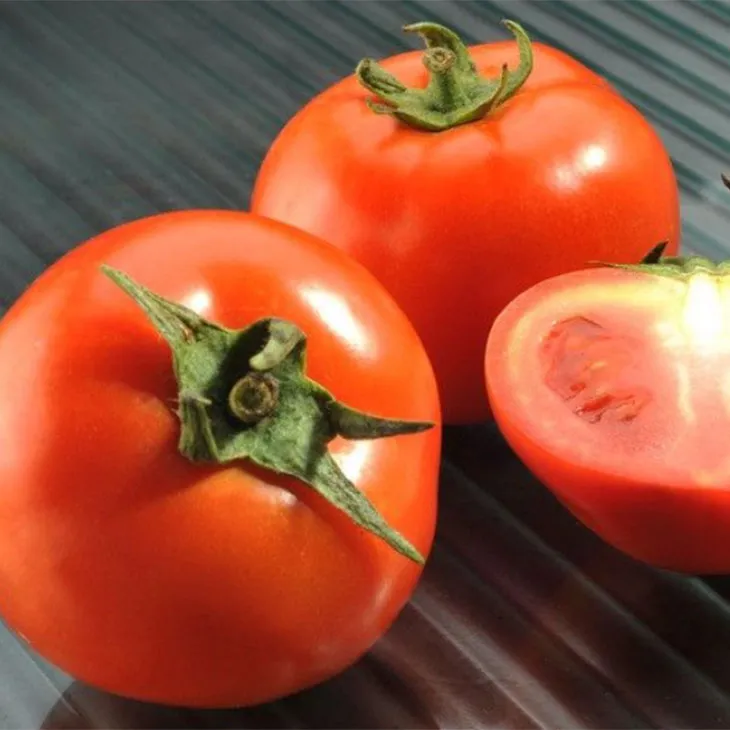
Which Red Fruits Are Good Sources of Lycopene?
Aside from tomatoes, several fruits provide a flavorful variety of lycopene.
Watermelon
Watermelon is the second most concentrated lycopene source. It also provides:
Hydration
Vitamin C
L-citrulline (cardiovascular support)
Peak lycopene content occurs when watermelon is fully ripe with deep red flesh.
Pink Grapefruit
Pink and red grapefruits contain:
About 1.5–4 mg of lycopene per 100g
Additional antioxidants like vitamin A and flavonoids
It can be eaten fresh, juiced, or broiled for a sweetened treat.
Red Papaya
Sweet tropical papaya offers:
2–5 mg of lycopene per 100g
Digestive enzymes such as papain
Fiber and immune-supportive nutrients
It’s excellent fresh, in smoothies, or in fruit bowls.
Guava
Pink guava is a nutrient powerhouse, rich in:
Vitamin C
Lycopene (up to 5.2 mg per 100g)
Dietary fiber
Fresh guava or guava puree can easily enhance nutrient intake.
These fruits offer excellent alternatives for individuals who may not consume tomatoes regularly.
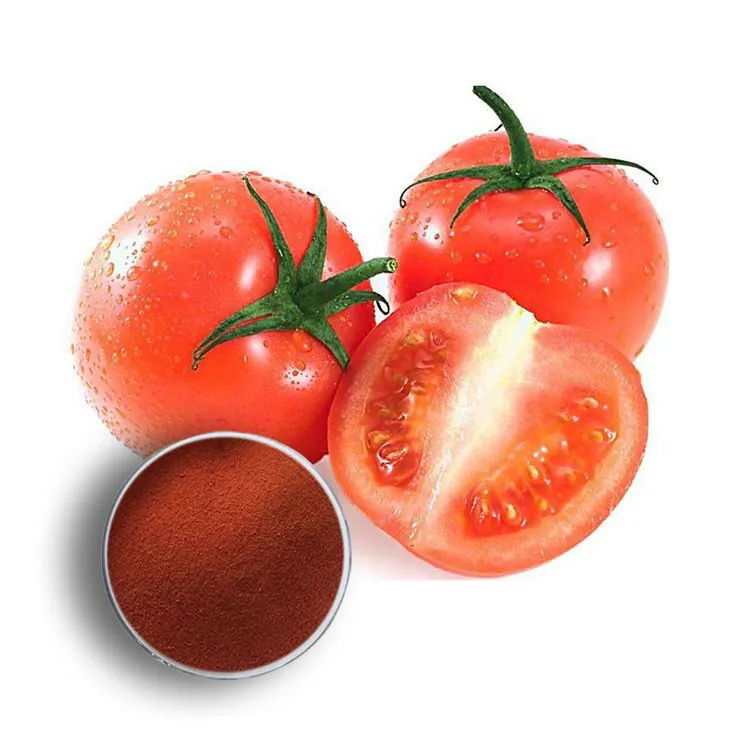
Are There Lycopene-Rich Vegetables Besides Tomatoes?
Although lycopene is most often associated with red produce, some vegetables also contain respectable amounts.
Red Peppers
Red bell peppers contain moderate lycopene levels along with:
High vitamin C
Eye-supportive carotenoids like beta-carotene
Roasting enhances lycopene accessibility.
Red Cabbage
Not as concentrated as other sources, but contributes to total antioxidant intake—especially when lightly cooked or fermented.
Asparagus (Especially Cooked)
Asparagus provides small amounts of lycopene. Heat increases available content, especially when sautéed in olive oil.
While vegetables supply less than tomato products and certain fruits, they still contribute meaningful dietary lycopene when consumed regularly.
Can Processed or Cooked Foods Improve Lycopene Absorption?
Cooking and processing can significantly increase bioavailability — the absorption rate of lycopene in the body.
Benefits of Cooking
Softens plant cell walls
Converts lycopene into a more usable form (cis-lycopene)
Benefits of Pairing with Healthy Fats
Examples:
Tomatoes cooked with olive oil
Salsa with avocado
Pasta with tomato sauce and cheese
A small amount of fat (e.g., olive oil, nuts, seeds) enhances absorption dramatically.
Recommended Preparation Methods
Steaming
Slow cooking or simmering
Roasting with oil
Raw sources are healthy, but cooked forms maximize lycopene uptake.
How Much Lycopene Should You Get Daily?
There is no official recommended daily intake, but research suggests 8–21 mg per day supports health benefits.
To meet this intake:
✅ ½ cup of tomato sauce
✅ 1–2 tablespoons of tomato paste
✅ 1 slice of watermelon
✅ 1 grapefruit
A mix of fruits and vegetables throughout the week ensures well-rounded antioxidant protection.
What Are Easy Ways to Add More Lycopene to Your Diet?
Here are simple strategies:
Enjoy pasta with tomato-based sauces twice a week
Add tomatoes to salads, sandwiches, and omelets
Snack on watermelon or guava in summer
Drink tomato or vegetable juice for a quick boost
Include salsa or ketchup as healthy condiments (in moderation)
Cook with red peppers and roasted vegetables
Try pink grapefruit for breakfast or dessert
These habit changes create a consistent daily intake without major dietary overhaul.
Final Thoughts: What Foods Are High in Lycopene?
Lycopene is a vital antioxidant that helps protect against oxidative stress, supports heart and prostate health, and promotes healthy skin. The best sources of lycopene include:
Top Natural Lycopene Foods
Tomato paste, sauce, and ketchup
Watermelon
Pink grapefruit
Red papaya
Guava
Red peppers and other red vegetables
Cooking these foods with healthy fats enhances lycopene absorption and multiplies its health benefits. By incorporating a variety of lycopene-rich foods into meals—especially cooked tomato products—you can create a powerful nutritional foundation supporting long-term wellness.
Visit Greenskybio.com, a great article source where you can learn about Supplements and their health benefits, you also can get the latest food Supplements. Green Sky Bio provides the best extracts and supplements. It is a Chinese self-developed brand that is trustworthy! Welcome to email us to inquire about our products.
TAGS:- ▶ Hesperidin
- ▶ Citrus Bioflavonoids
- ▶ Plant Extract
- ▶ lycopene
- ▶ Diosmin
- ▶ Grape seed extract
- ▶ Sea buckthorn Juice Powder
- ▶ Fruit Juice Powder
- ▶ Hops Extract
- ▶ Artichoke Extract
- ▶ Mushroom extract
- ▶ Astaxanthin
- ▶ Green Tea Extract
- ▶ Curcumin
- ▶ Horse Chestnut Extract
- ▶ Other Product
- ▶ Boswellia Serrata Extract
- ▶ Resveratrol
- ▶ Marigold Extract
- ▶ Grape Leaf Extract
- ▶ New Product
- ▶ Aminolevulinic acid
- ▶ Cranberry Extract
- ▶ Red Yeast Rice
- ▶ Red Wine Extract
-
Honeysuckle Pollen
2025-10-25
-
Shikonin
2025-10-25
-
Maitake Mushroom Extract
2025-10-25
-
Mulberry leaf Extract
2025-10-25
-
Yam Extract
2025-10-25
-
Astaxanthin
2025-10-25
-
Citrus bioflavonoids
2025-10-25
-
American Ginseng Root Extract
2025-10-25
-
Sea buckthorn Juice Powder
2025-10-25
-
Cactus Extract
2025-10-25












